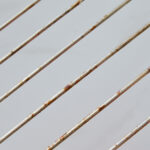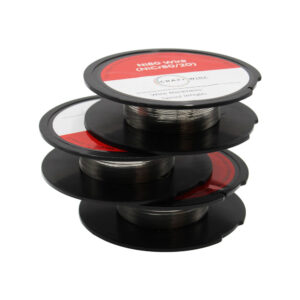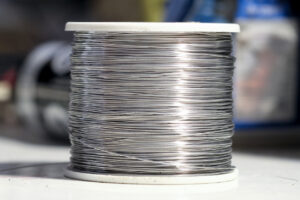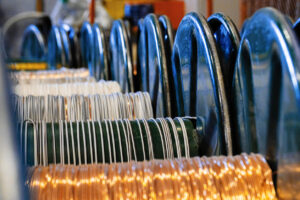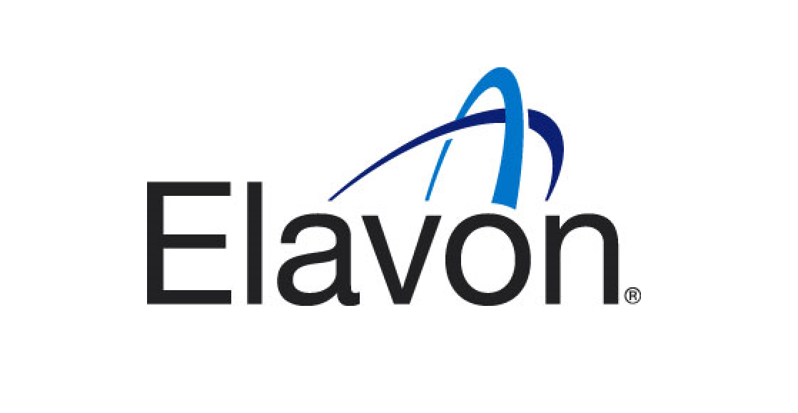Stainless vs Nichrome Wire
Welcome to the ultimate guide for choosing between stainless steel and nichrome wire for your projects.
Whether you’re crafting, creating heating elements, or embarking on a DIY adventure, the choice of wire can significantly impact your results.
In this detailed post, we’ll dive deep into the world of stainless vs nichrome wire, comparing their properties, applications, and helping you make an informed decision.
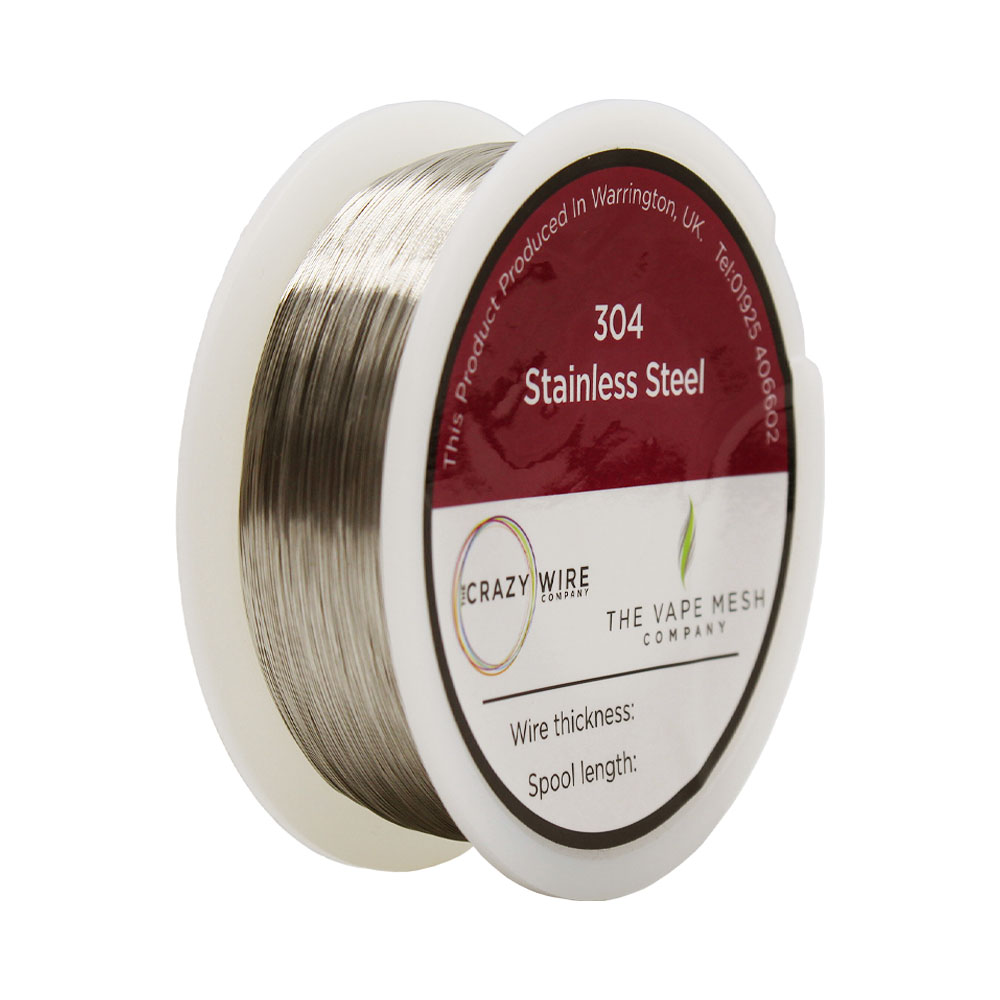
What is Stainless Wire?
There are a wide range of applications that can be achieved with stainless steel wire, from jewellery making to marine engineering, due to its corrosion resistance and durability. The most common stainless steel wires are 304 and 316, but there are several types of stainless steel wire available.
The 304 series offers a great balance between corrosion resistance and affordability, whereas the 316 series include molybdenum, which enhances the material’s ability to be used in marine environments.
The key advantages of stainless steel wire include its strength and resistance to rust, but it’s heavier and less conductive compared to nichrome.
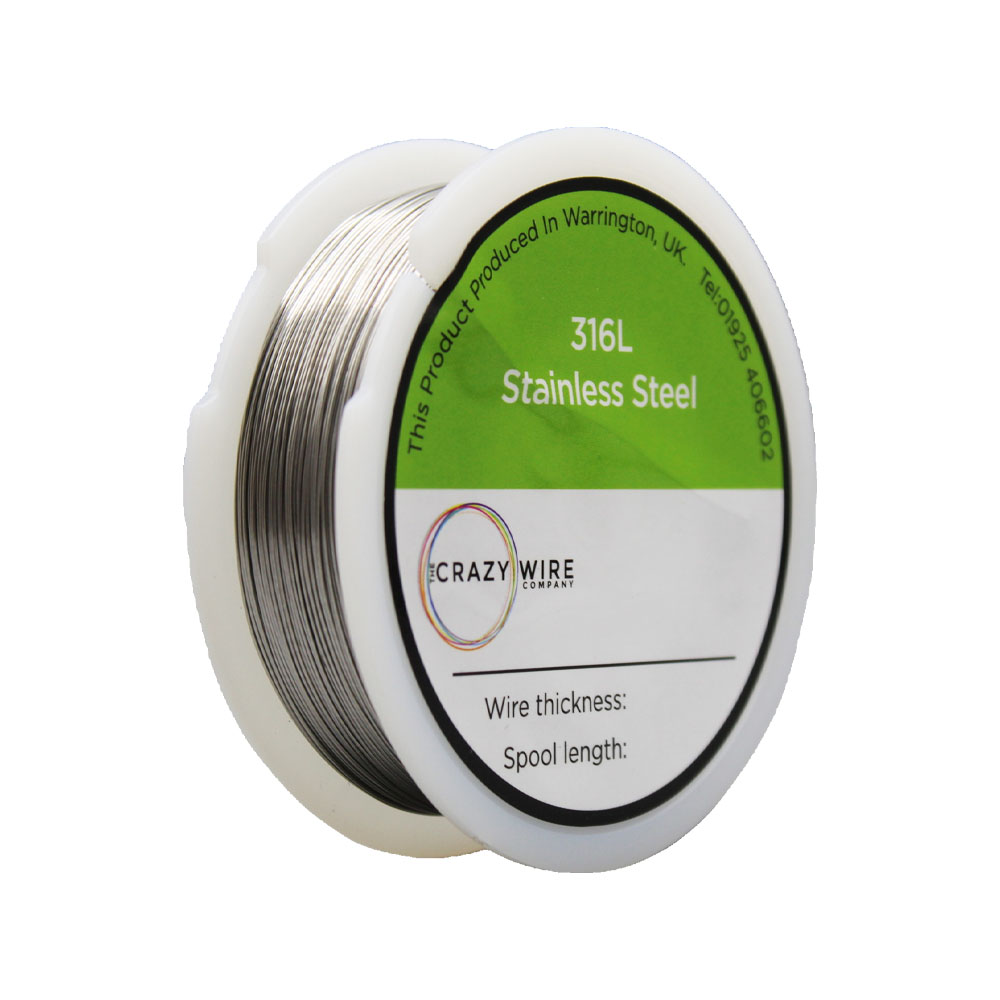
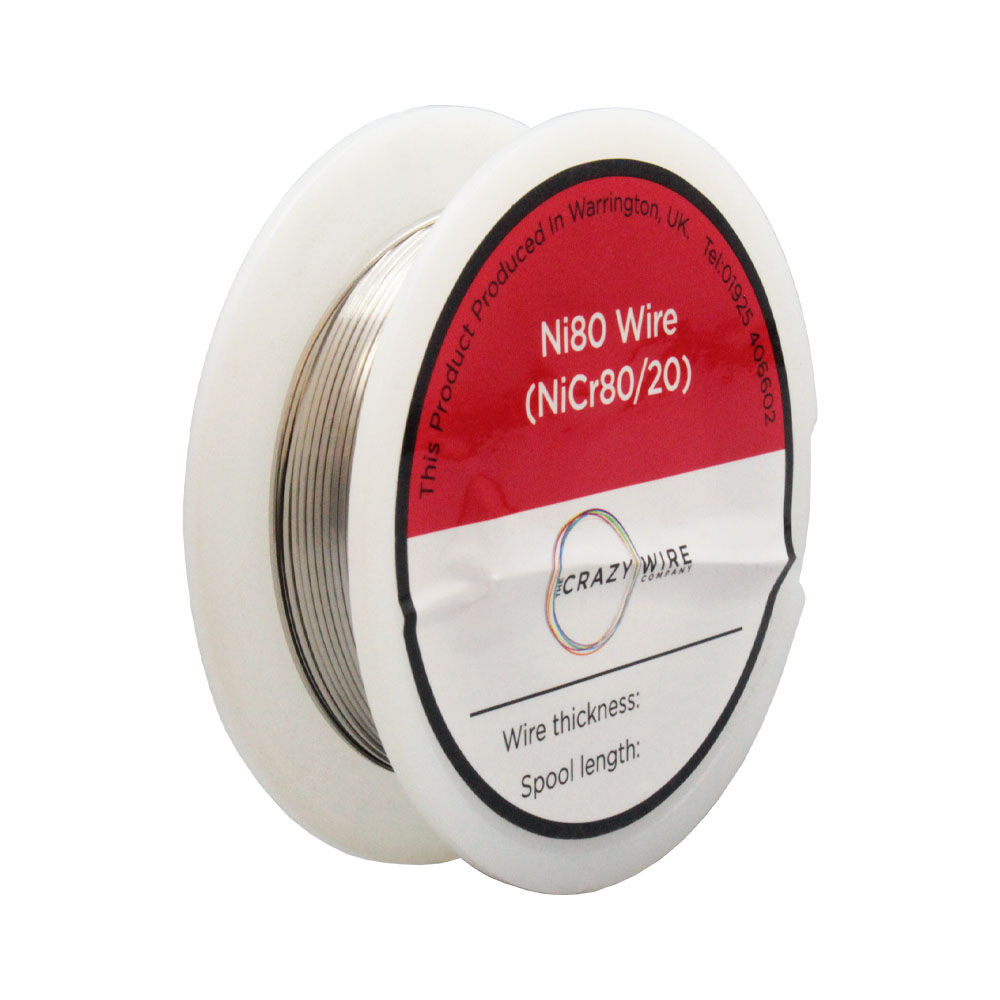
What is Nichrome Wire?
Nickel-chromium wire is known for its high electrical resistance and excellent heat tolerance, making it ideal for heating elements in products such as toasters and hair dryers.
In terms of resistance and durability, Nichrome 80 (80% nickel, 20% chromium) is the most popular grade. The main advantages of this material are its superior heat resistance and ability to maintain structural integrity at high temperatures, but it is also more expensive and less corrosion resistant than stainless steel.
Key Differences Between Stainless vs Nichrome Wire
Here’s a table of the key differences between stainless vs nichrome wire:
| Property | Nichrome Wire | Stainless Steel Wire |
|---|---|---|
| Conductivity | Lower electrical conductivity, ideal for resistance applications like heating elements. | Higher electrical conductivity compared to nichrome. |
| Heat Resistance | Excels in high-temperature applications, withstands up to 1150°C. | Suitable for applications up to 870°C. |
| Corrosion Resistance | Less resistant to rust and corrosion compared to stainless steel. | Offers better protection against rust and corrosion, especially in moist or marine environments. |
| Durability | Durable, but generally less tensile strength than stainless steel. | Offers greater tensile strength, making it very durable. |
| Cost | Typically more expensive due to specialised applications and nickel cost. | Generally less expensive than nichrome. |
Applications Comparison
Stainless steel is preferred by jewellery makers for its durability and resistance to tarnishing. Nichrome wire, on the other hand, is preferred by electronic hobbyists because it offers superior electrical resistance, making it an ideal coil material.
Due to its ability to withstand and generate high temperatures efficiently, nichrome wire is almost exclusively used in heating elements in appliances.
User Considerations
The right wire for your project depends on its specific needs. It is important to consider the environment (will the wire be exposed to corrosive elements? ), the application (will electrical resistance or heat generation be a factor? ), and the budget constraints.
Stainless steel is a better choice for projects requiring durability and corrosion resistance. When it comes to applications requiring high resistance and heat tolerance, Nichrome is the way to go.
Tips for Working with Stainless and Nichrome Wire
Using either wire requires caution and the right tools. To prevent cuts and burns, it is always a good idea to wear protective gloves when working.
Use tools that are appropriate for the wire’s gauge and hardness when cutting and shaping the wire. Tools like wire cutters and pliers should be sturdy and well maintained in order to be able to handle stainless steel, as it can be harder to manipulate than nichrome.
Frequently Asked Questions
- Can I use nichrome wire for outdoor projects? While nichrome can withstand high temperatures, its corrosion resistance is lower, making it less ideal for outdoor use compared to stainless steel.
- Is stainless steel wire magnetic? Some grades, like 304, have a slight magnetic response due to cold working.
- How do I join nichrome wire to itself or other metals? Special techniques like spot welding are typically used, as soldering can be challenging due to nichrome’s resistance and oxidation layer.
In choosing between stainless steel and nichrome wire, you need to understand their unique properties and how they align with your project’s needs. Due to its strength and corrosion resistance, stainless steel is ideal for a wide variety of applications.
Nichrome’s exceptional heat resistance and electrical properties make it ideal for specific uses, such as heating elements. Make the best choice based on your project’s needs.
To learn more about Nichrome wire and other resistive materials, visit our website at www.wireandstuff.co.uk.
Our team is equipped to provide expert advice and high-quality nichrome and stainless steel wire tailored to your specific project needs.
Contact us for guidance on selecting the right wire for your application and to ensure your project’s success.
We offer also a massive range of stainless steel wire and nichrome wire through our store. Choose the wire that you want to work with and we’ll get spooling.
If you’re interested in learning more about wire, check out our other blog on Everything You Need to Know About Wires.
We are also proud to supply this product on our highly popular eBay store, check us out there too.
Thank you for checking out our site.
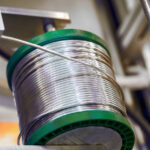
Nichrome Wire Safety: Top Tips for Working Safely
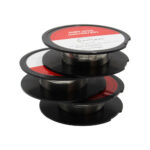
Best Wire for Electronics Projects
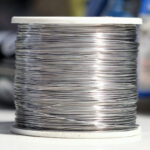
Is Ni80 Wire Suitable for DIY Heating Elements

Wire Grades Explained
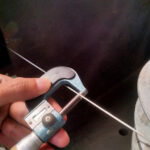
How Wire Diameter Affects Strength and Flexibility

How to Cut and Shape Wire for Custom Applications

Can Wire Be Used in 3D Printing?

How Wire Composition Affects Conductivity
